Six months into his second stint as SNP leader, John Swinney is captaining a quiet revolution inside his party.
A series of conversations with those close to him reveal a plan to re-shape the SNP purposefully and without fanfare.
While he had promised to bring a fractious nationalist movement together, there has been little detail about how that would be achieved.
“John isn’t someone who says ‘I am going to do these five things’,” one of those closest to him said, adding: “He just gets on and does it.”
Hope key changes will re-shape a divided SNP
Crucially, Mr Swinney has also been able to corral what was a divided party, ensuring he has the support from his colleagues on the national executive committee (NEC).
It is a feat neither Nicola Sturgeon or Humza Yousaf achieved.
“Nicola didn’t care about the NEC or party structures. In the first years of her leadership she didn’t have to worry about it, but it did mean she lost control in 2020 when people like Joanna Cherry were elected. The membership felt it had to reassert itself,” one party insider told me.
“Humza never had control of the party. The people haven’t changed though, the leader has, and that’s why John has been able to unite the party,” another explained.
“John Swinney’s political capital in the SNP shouldn’t be underestimated. He didn’t want this job but he has come forward because the party needed him.”
This support on the NEC has allowed the party to direct broad changes, pushed through with little resistance.
The reforms are intended to shake-up the SNP machine and put it on a stable financial footing.
As well as approving a new work plan, the NEC nodded through plans to “streamline” HQ staffing, with the total headcount reduced from 26 to 16.
“It’s not a nice process to go through, no one wants to see people lose their jobs, but it was needed. There are people who have been there decades and we needed to look closely at ourselves after such a significant defeat,” a source said.
There was a slight bump in the road when chief executive Murray Foote resigned saying he “could not make the necessary personal commitment” to leading the reorganisation.
But a replacement was waiting in the wings. The day after he stood down, former Stirling Council chief executive Carol Beattie was announced as his temporary replacement.
‘It’s almost like we planned it’
“It’s almost like we planned it,” one senior party source said, pointing to Ms Beattie’s qualifications having led a large public-sector organisation.
Outside of party HQ, Mr Swinney is also said to have placed importance on expanding his circle of advisors and hosting regular political cabinets to hear from colleagues.
“We saw with Nicola what happens when a political leader is only listening to two or three people,” one local SNP figure said.
Several new special advisers have been appointed to government, including former Scottish Government minister Marco Biagi and Yes Scotland strategist Stephen Noon.
A renewed focus has also been placed on council by-elections, traditionally seen as less important politically.
After a recent double victory in Dundee, the First Minister visited the city the next day.
“John understood the importance of those wins in Dundee. They mattered because had we lost control of Dundee Council – the Yes City – the narrative would have been disastrous,” a local SNP source added.
John Swinney is no stranger to internal party reform. It’s an area he worked on during his first stint as SNP leader, introducing direct debits for party members.
It was a quiet change made during a largely unsuccessful spell at the top of the nationalist movement. 20 years later, it will not be until 2026 until we find out if voters think they can place their trust in the SNP again.
Party insiders also provided an insight into how the First Minister might view Dundee-born Stephen Flynn’s announcement that he intended to stand for Holyrood, and if elected would remain as an MP.
Mr Flynn’s ambitions to one day become SNP leader are no secret. Underneath the surface, some are keen to keep him out of Holyrood.
But his treatment of Ms Nicoll, rather than his personal ambition to become SNP leader, would concern Mr Swinney, a long-time colleague of the First Minister’s told me.
“I’ve known John for a very long time and it won’t be Stephen’s ambition that will cause concern.
“If he’s unhappy, it will be because of how Audrey has been treated.”
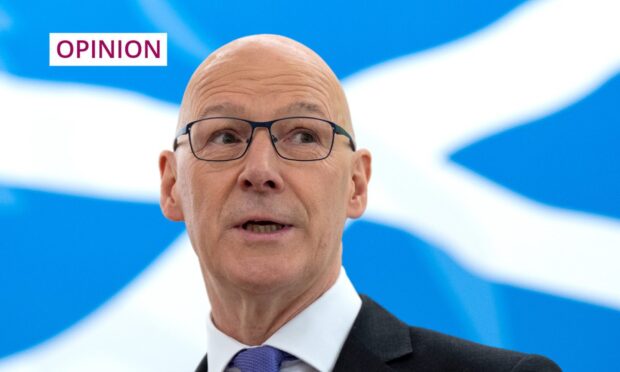
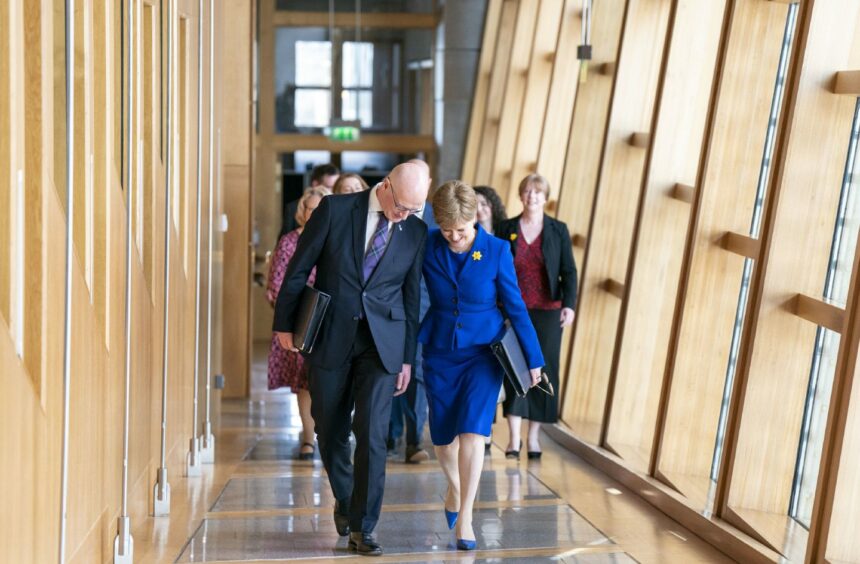
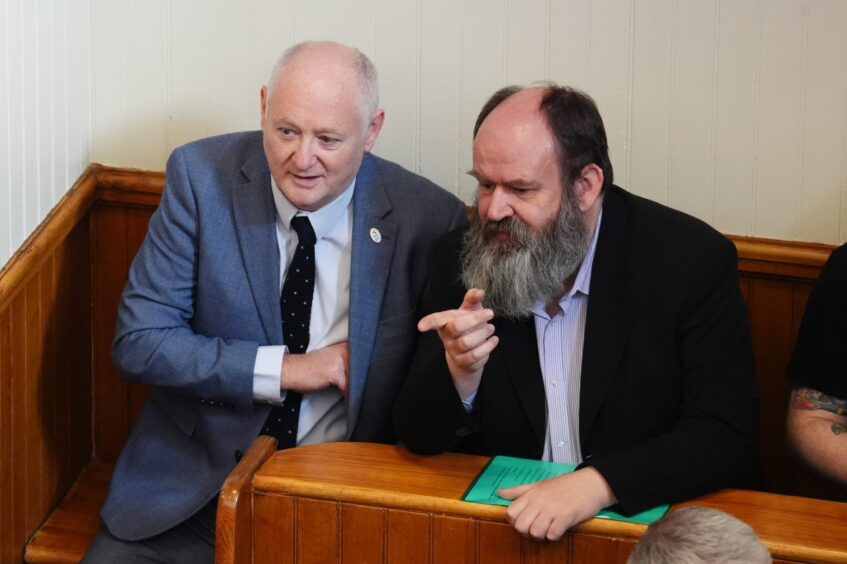
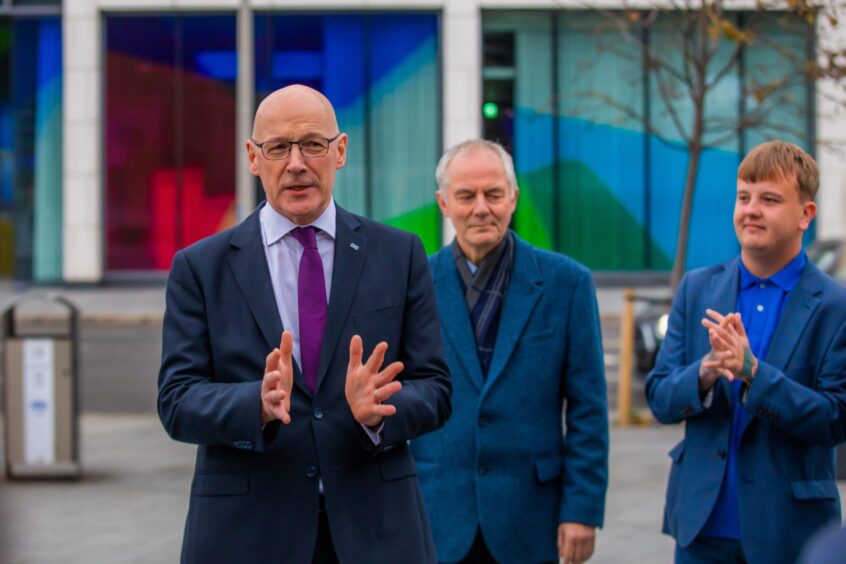
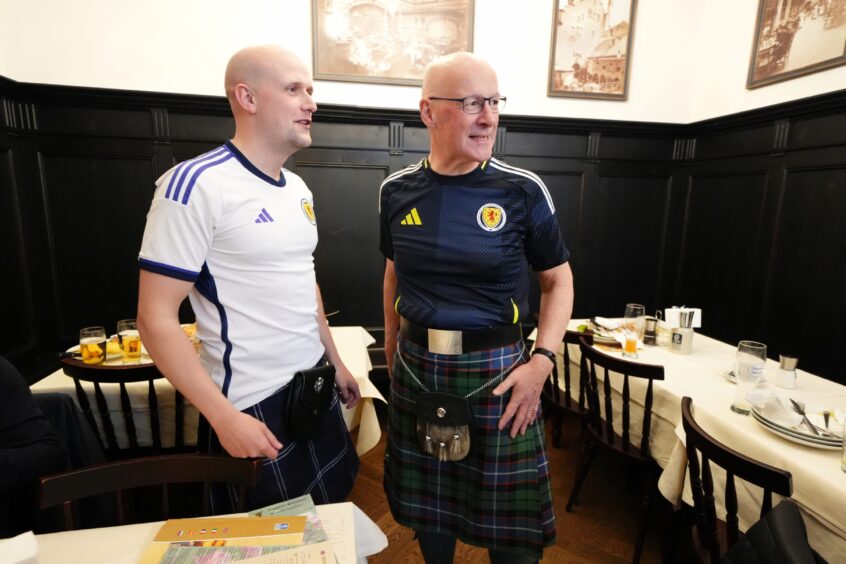
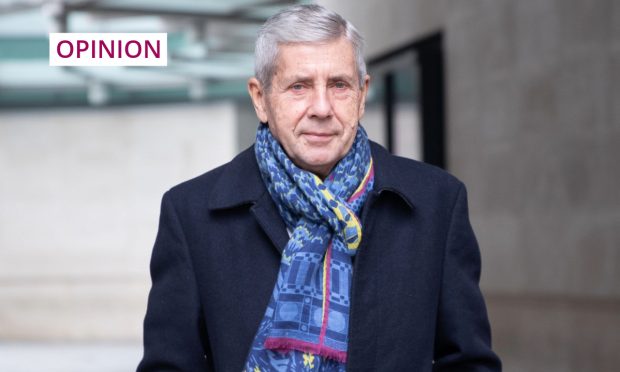
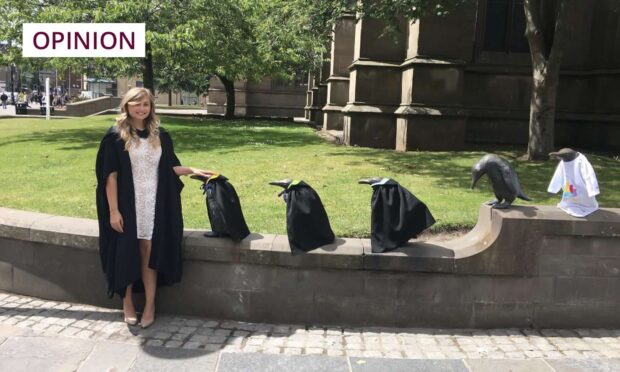
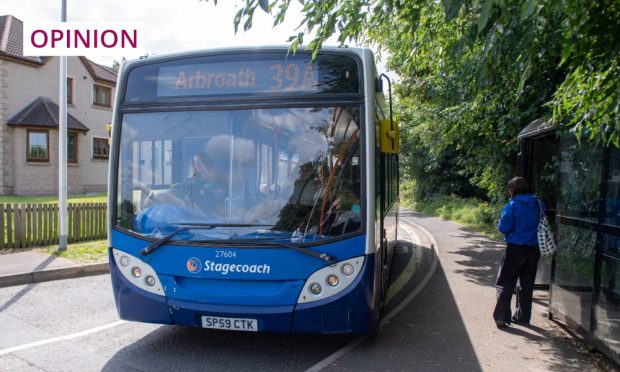
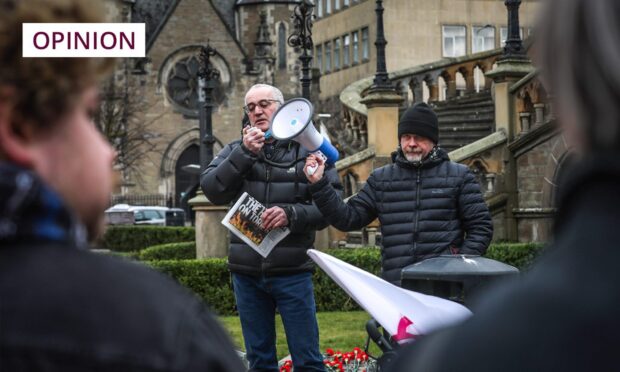
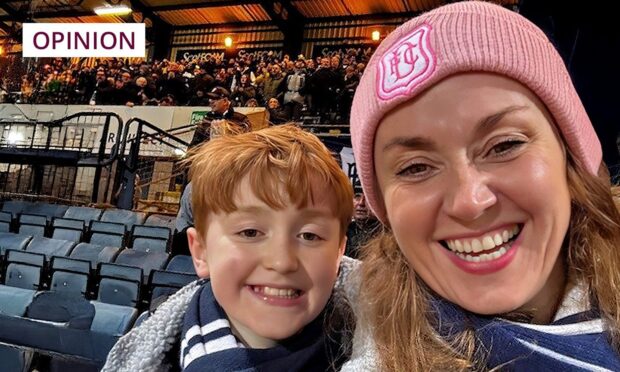
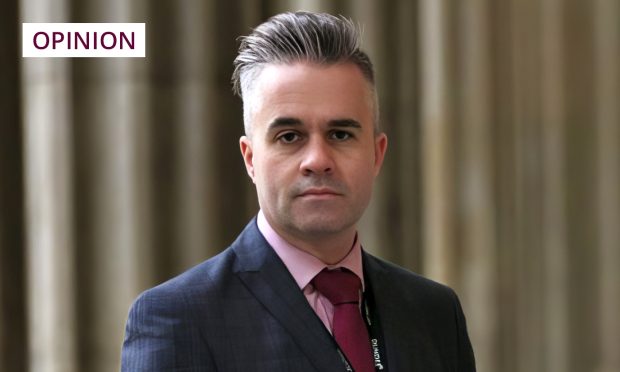
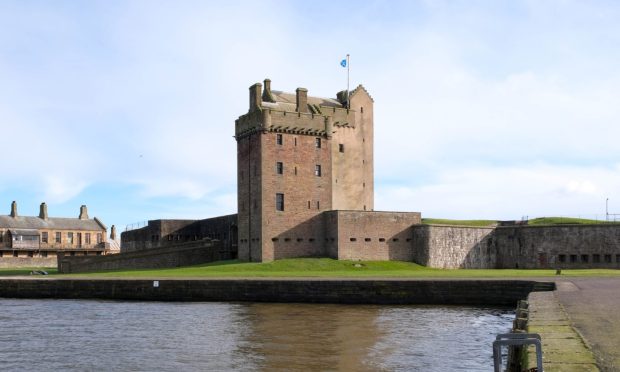
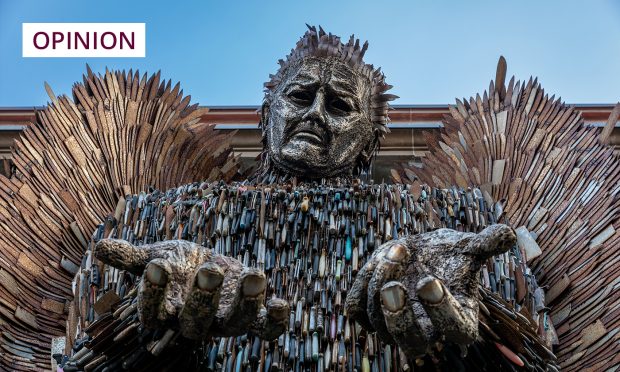
Conversation